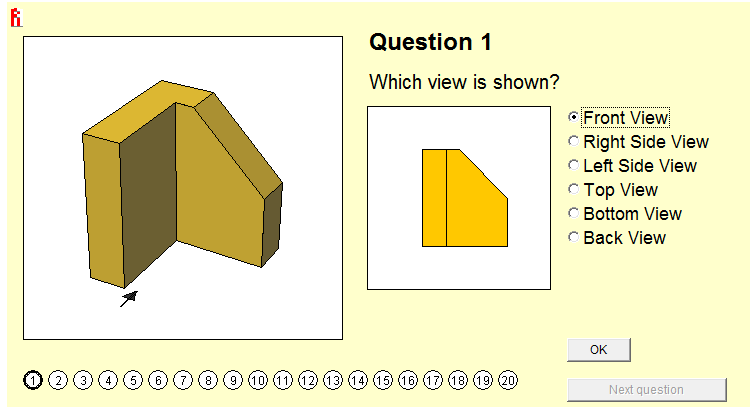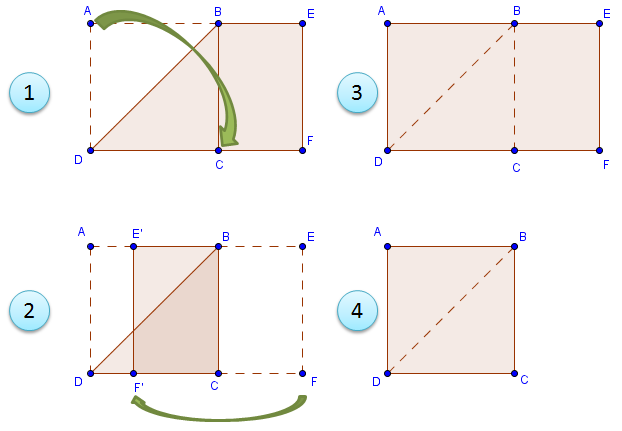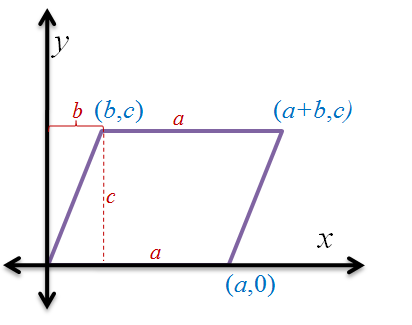3D Math Applets Galore at Maths.Net
Last year, I have shared about an applet for visualizing isometric views. I found another superb 3d math applets site, Maths.Net, through Great Maths Teaching Ideas. Maths.net includes applets for exploring prisms, nets, platonic solids, and other 3-dimensional objects. It also includes an applet for building polyhedra.
My favorite applet is Guess the view. It lets guess the isometric view of a particular solid.
It turned out that the applets in Maths.Net are also from Wisweb, the same site where I discovered the isometric views applet.


